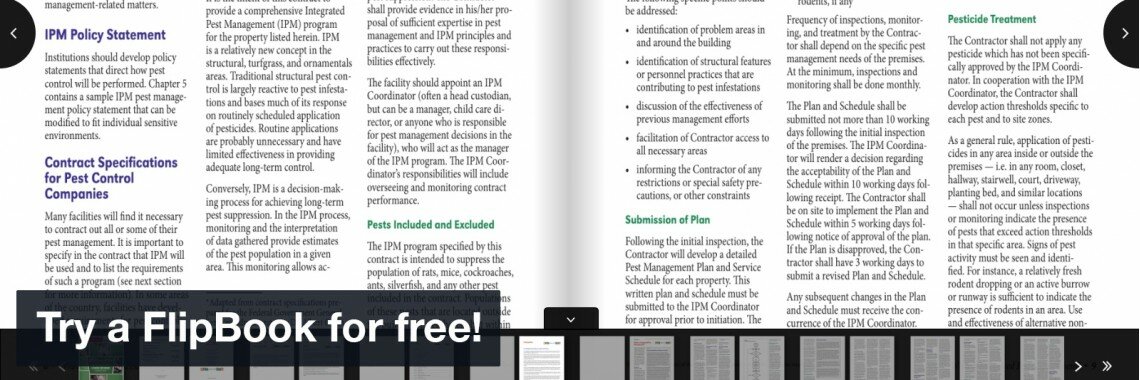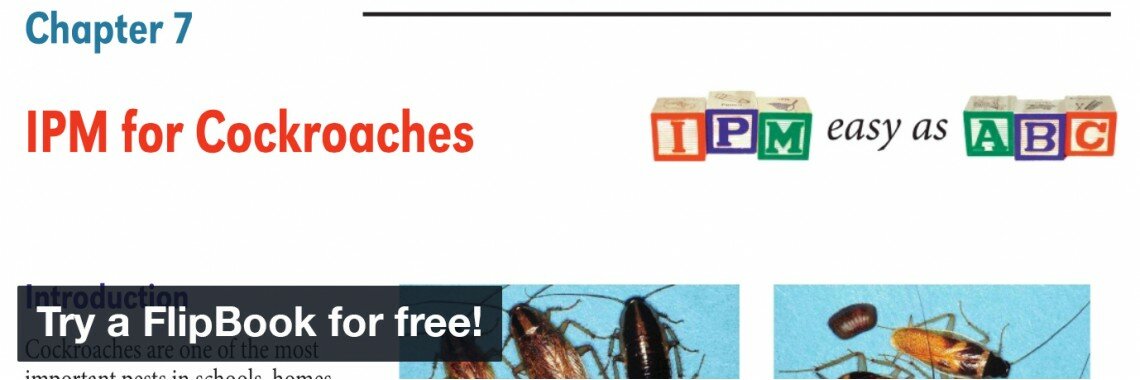Top 10 Essential Pesticide Safety Practices for Agricultural Sustainability and Environmental Well-being: A Brochure Guide for Responsible Farming
Introduction
Agriculture is the backbone of our society, providing food, fiber, and numerous other resources. However, the use of pesticides, while essential for crop protection, demands a responsible approach. Pesticide Safety Education Program (PSEP) brings forth a comprehensive guide aimed at agricultural professionals, farmers, and individuals involved in pesticide application and management. This blog will delve into the importance of pesticide safety, explore its environmental impact, and introduce the "Top 10 Essential Pesticide Safety Practices".
In the pursuit of responsible farming practices, having a well-crafted and informative brochure is paramount. For those seeking expert assistance in creating engaging and impactful content for their pesticide safety materials, consider leveraging professional brochure content writing services. Firms like https://top-papers.com/brochure-content-writing-services/ specialize in delivering high-quality, tailored content that aligns with the specific needs of agricultural professionals and farmers.
The Significance of Pesticide Safety
Irresponsible pesticide use can have far-reaching consequences, affecting both the environment and human health. This blog emphasizes the need for sustainable agricultural practices and the vital role that responsible pesticide use plays in ensuring long-term farm viability. Beyond crop protection, a commitment to pesticide safety contributes to the overall health of ecosystems and communities.
Brochure Overview
PSEP's brochure is a valuable resource designed to empower agricultural professionals. Tailored for farmers, it offers practical insights and guidelines. The brochure is accessible to a broad audience, providing a detailed overview of the Top 10 Essential Pesticide Safety Practices. The target audience, including agricultural professionals and farmers, is encouraged to download and explore the comprehensive guide.
Top 10 Essential Pesticide Safety Practices
- Practice 1: Safe Handling and Storage
- Practice 2: Personal Protective Equipment (PPE)
- Practice 3: Integrated Pest Management (IPM)
- Practice 4: Calibration of Equipment
- Practice 5: Environmental Impact Assessment
- Practice 6: Record Keeping
- Practice 7: Applicator Training and Certification
- Practice 8: Emergency Preparedness
- Practice 9: Regular Equipment Maintenance
- Practice 10: End-of-Season Cleanup
Safe handling is paramount to prevent accidents and contamination. Proper handling procedures involve wearing appropriate protective gear, such as gloves and goggles, while guidelines for safe storage include keeping pesticides in well-ventilated, secure areas away from food and other chemicals.
Wearing appropriate PPE is a non-negotiable aspect of pesticide application. Examples of appropriate Personal Protective Equipment (PPE) for pesticide application include wearing long-sleeved clothing, gloves, goggles, and respiratory protection to minimize skin contact, eye exposure, and inhalation of potentially harmful substances.
The principles of Integrated Pest Management (IPM) involve a holistic approach that combines biological, cultural, and mechanical control methods, minimizing reliance on chemical interventions. This strategy emphasizes proactive measures like crop rotation, natural predators, and monitoring to achieve sustainable and environmentally friendly pest control.
Calibration, a critical step for precision in pesticide application, ensures that equipment is accurately set to deliver the intended amount of pesticide. This process involves fine-tuning the equipment settings and is crucial for achieving optimal performance and efficacy.
Understanding and mitigating environmental impact is vital. The guidelines for environmental impact assessment involve thorough evaluations of factors such as soil composition, water sources, and neighboring ecosystems to identify potential risks.
Maintaining detailed records is not just a regulatory requirement; it's a key practice for effective pesticide management. The insights into record-keeping underscore its role as a strategic tool for effective pesticide management, providing a historical account of applications, helping in trend analysis, and facilitating informed decision-making for future agricultural practices.
Applicator training and certification contribute to responsible pesticide use by ensuring that individuals possess the necessary knowledge and skills to apply pesticides safely, minimizing risks to human health, the environment, and promoting compliance with regulatory standards.
Creating an emergency response plan is an often overlooked aspect of pesticide safety, yet it plays a crucial role in swiftly addressing unforeseen situations, minimizing potential harm, and safeguarding both the applicator and the surrounding environment.
Ensuring equipment remains in optimal condition is essential for peak performance. Regular maintenance not only guarantees the reliability of equipment but also contributes to the longevity of agricultural machinery, a crucial factor in sustainable and responsible farming.
Proper cleanup is essential to minimize residual pesticide presence, and this involves thorough rinsing, utilizing appropriate cleaning agents, and ensuring proper disposal methods. These procedures effectively remove pesticide residues from equipment and storage areas, mitigating potential contamination risks.
Conclusion
In summary, the Top 10 Essential Pesticide Safety Practices represent a holistic approach to responsible farming. By implementing these practices, agricultural professionals not only ensure their well-being but also contribute to sustainability and environmental well-being. This holistic blueprint embodies a commitment that safeguards both professionals and the environment, fostering a resilient and sustainable future for agriculture.


